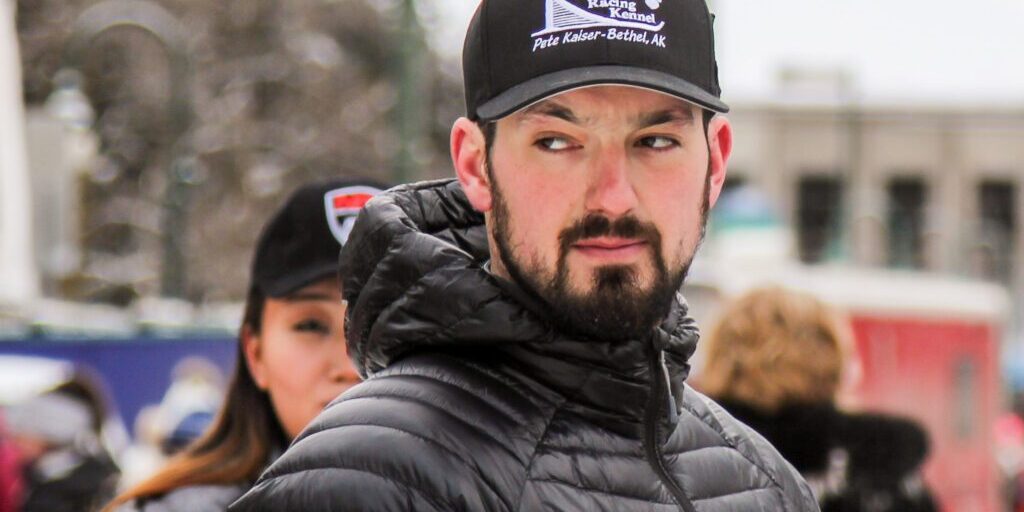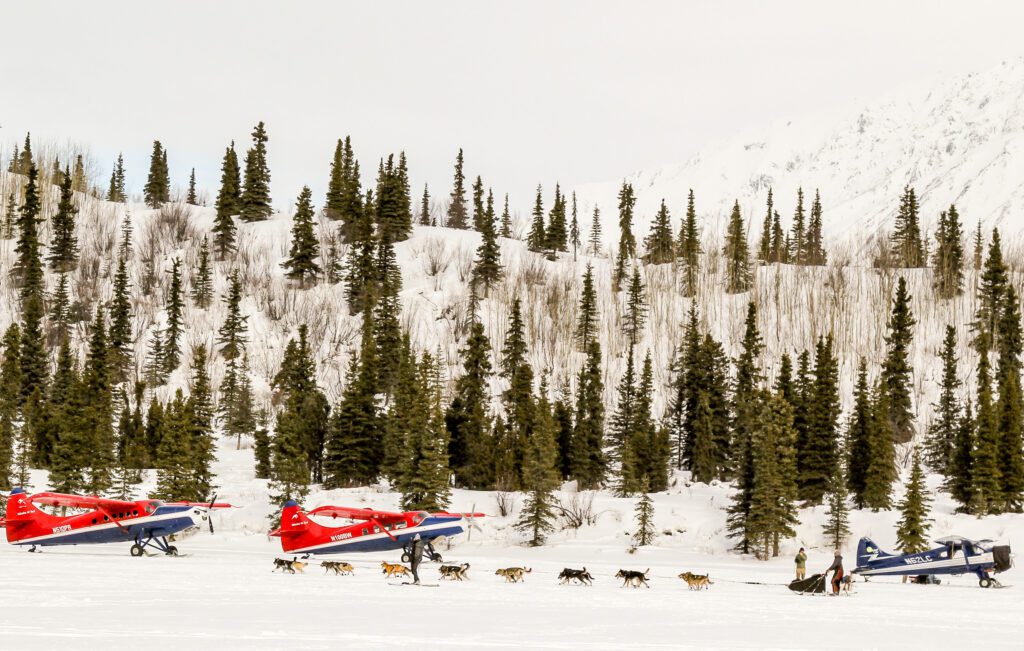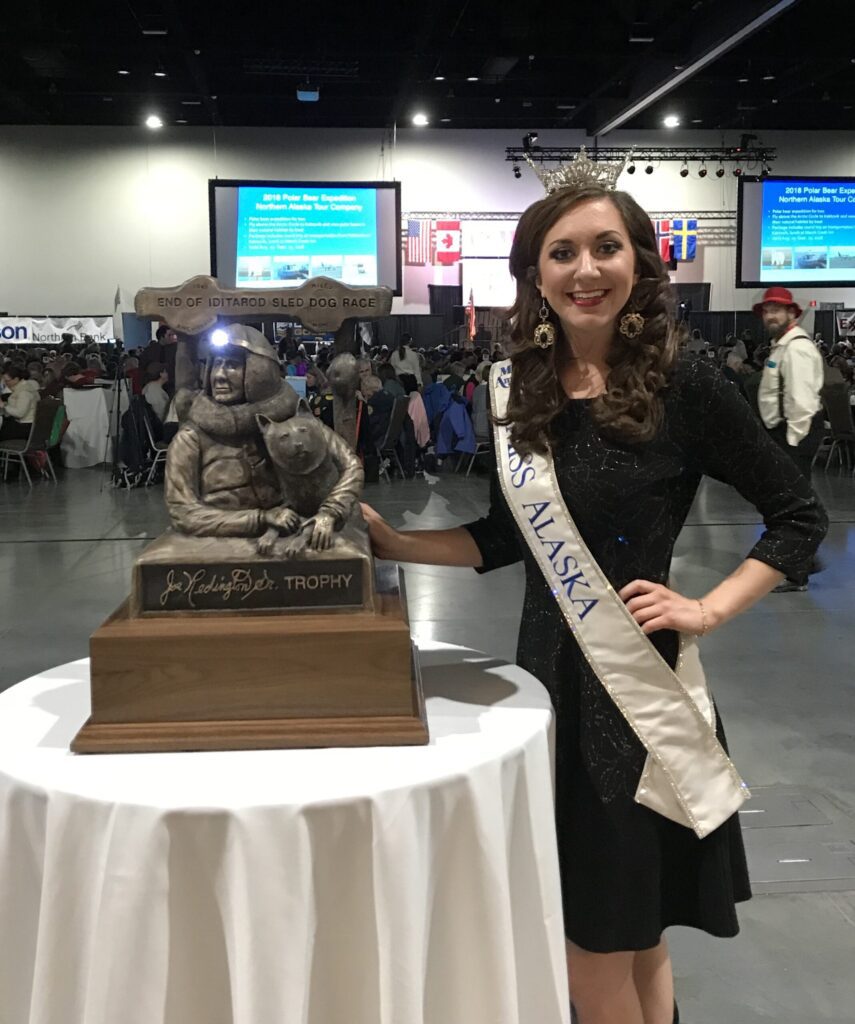Fewer than ten mushers out of the 67 competing in this year’s Iditarod are Alaska Native. The only Inupiaq musher to win the Iditarod, John Baker of Kotzebue, is not racing this year, so it now falls to other competitors to bring home the championship.
Before the ceremonial start of the 2018 Iditarod on Saturday, veteran musher Ketil Reitan of Kaktovik remarked on how fewer Inupiaq people are dog mushing nowadays.
“One of my main motivations is to pass along the traditions to my sons. It’s not that many young Inupiaq people that are dog mushing anymore; it’s hard to get into it, so to keep our team going and keep the traditions alive, that’s very meaningful. And I think lots of people appreciate that we are trying to do that.”
Although Reitan’s son Vebjorn Aishanna Reitan completed the other 1,000-mile sled dog race, the Yukon Quest, in February, he is not racing in this year’s Iditarod. Yupik musher and longtime resident of Bethel, Pete Kaiser, figures it’s harder for some who live in smaller rural communities to afford the Iditarod.
“Well, it’s a really expensive sport, so you kind of have to have all your ducks in a row. It’s really not a hobby or anything else, it’s a lifestyle, and it requires my time 365 days a year. And when you have other things going on like family and kids, you kind of need a job to support this job. It gets very complicated.”
Mike Williams, Jr., of Akiak agrees with Kaiser, saying that the cost is prohibitive for some Alaska Native mushers. But despite that, Williams sees more and more native people mushing in his hometown.
“Back home, there’s more mushers starting teams and racing. That’s a really good feeling and good to see, and as far as Iditarod goes, doesn’t look like there’s a whole lot of Native mushers.”
Traditionally, sled dog mushing was an activity many Native Alaskans enjoyed before it became a competitive sport, which Williams, a Yupik musher, knows better than most.
Since he was a boy, Williams has been training sled dogs with his father, Mike Williams, Sr., who has completed 15 Iditarods, his last one in 2013. As Mike Williams, Jr., departed the Iditarod checkpoint of Takotna at 11:45am Thursday morning with 13 dogs, he said he was happy with his position in the middle of the pack. The younger Williams has run six Iditarods and finished in the top ten once thus far.

Kaiser, on the other hand, has four top ten finishes in his eight Iditarods. When asked if he would be the next Alaska Native to win the Iditarod since John Baker, the four-time Kuskokwim 300 champ said:
“I don’t know, it’s hard to know; we are definitely giving it our best shot, but we’re only 300 miles into this, so it’s hard to know right now… we’ll do the best we can.”
At last update of the leaderboard, Kaiser was running with 14 dogs, in 12th position.
Image at top: Pete Kaiser at the ceremonial start in Anchorage on Saturday. Photo: Zachariah Hughes, Alaska Public Media.






